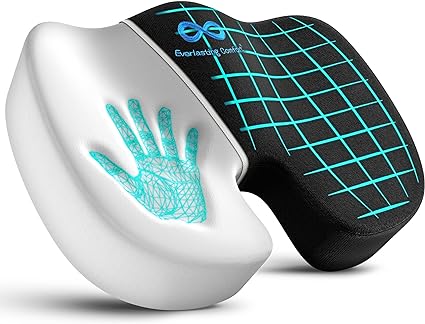Understanding Back Pain

Back pain is a prevalent issue affecting millions of people worldwide, often causing discomfort and disrupting daily life. From its multifaceted origins to its varying degrees of severity, understanding the causes, recognizing symptoms, and exploring relief solutions are crucial steps in managing and alleviating this prevalent ailment.
Causes of Back Pain:
- Muscle Strain: Overexertion, poor posture, or sudden movements can strain the muscles and ligaments in the back, leading to acute pain.
- Poor Posture: Prolonged periods of sitting or standing with incorrect posture can strain the back’s muscles and structures.
- Injuries: Traumatic incidents, such as falls, accidents, or sports injuries, can damage the spine or its supporting muscles.
- Conditions and Diseases: Conditions like arthritis, osteoporosis, or herniated discs can cause chronic back pain.
Symptoms of Back Pain:
- Localized Pain: Dull, achy, or sharp pain in the lower, middle, or upper back region.
- Muscle Stiffness: Difficulty in moving or bending due to stiffness or tightness in the back muscles.
- Radiating Pain: Pain that extends from the back to the legs, indicating nerve compression or irritation.
- Limited Mobility: Difficulty in performing regular activities due to pain and discomfort.
Relief Solutions for Back Pain:
- Exercise and Physical Therapy: Strengthening exercises and stretches can improve back muscle flexibility and reduce pain. Physical therapy sessions may provide tailored exercises for specific conditions.
- Correct Posture: Maintaining proper posture while sitting, standing, and lifting objects can significantly alleviate strain on the back.
- Hot/Cold Therapy: Applying heat or cold packs to the affected area can help reduce inflammation and provide temporary relief.
- Pain Management: Over-the-counter pain relievers or muscle relaxants may alleviate acute pain. However, consult a healthcare professional before prolonged use.
- Alternative Therapies: Techniques like acupuncture, massage therapy, chiropractic care, or yoga may offer relief for some individuals.
- Ergonomic Adjustments: Modifying workstations or daily activities with ergonomic equipment can reduce strain on the back.
- Weight Management: Maintaining a healthy weight can alleviate stress on the spine and reduce the risk of back pain.
Seeking Medical Advice:
Persistent or severe back pain requires professional evaluation. If you experience any of the following, consult a healthcare provider promptly:
- Severe Pain: Pain that doesn’t subside with rest or worsens over time.
- Numbness/Tingling: Radiating pain or numbness in the legs or other body parts.
- Weakness: Difficulty in walking or moving limbs.
- Injury: If back pain follows an injury or accident.
Understanding the causes, identifying symptoms, and adopting appropriate relief solutions are pivotal in managing back pain effectively. While certain measures may offer relief, individual experiences and conditions vary. Seeking professional guidance ensures a tailored approach to alleviate discomfort and prevent future occurrences, promoting a healthier, pain-free lifestyle.
Below we suggest best products which are Relief your Back Pain:

Comfort Seat Cushion for Lower Back Pain Relief: Get relief from lower back, coccyx, and sciatica pain with our desk chair cushion. The tailbone pain relief cushion evenly distributes weight to reduce pressure and pain.

Homeopathic Medicine for Relief from Muscle Pain: This homeopathic medicine helps temporarily relieve muscle pain & stiffness due to minor injuries, overexertion & falls. Also great for pain, swelling, & discoloration from bruises.

